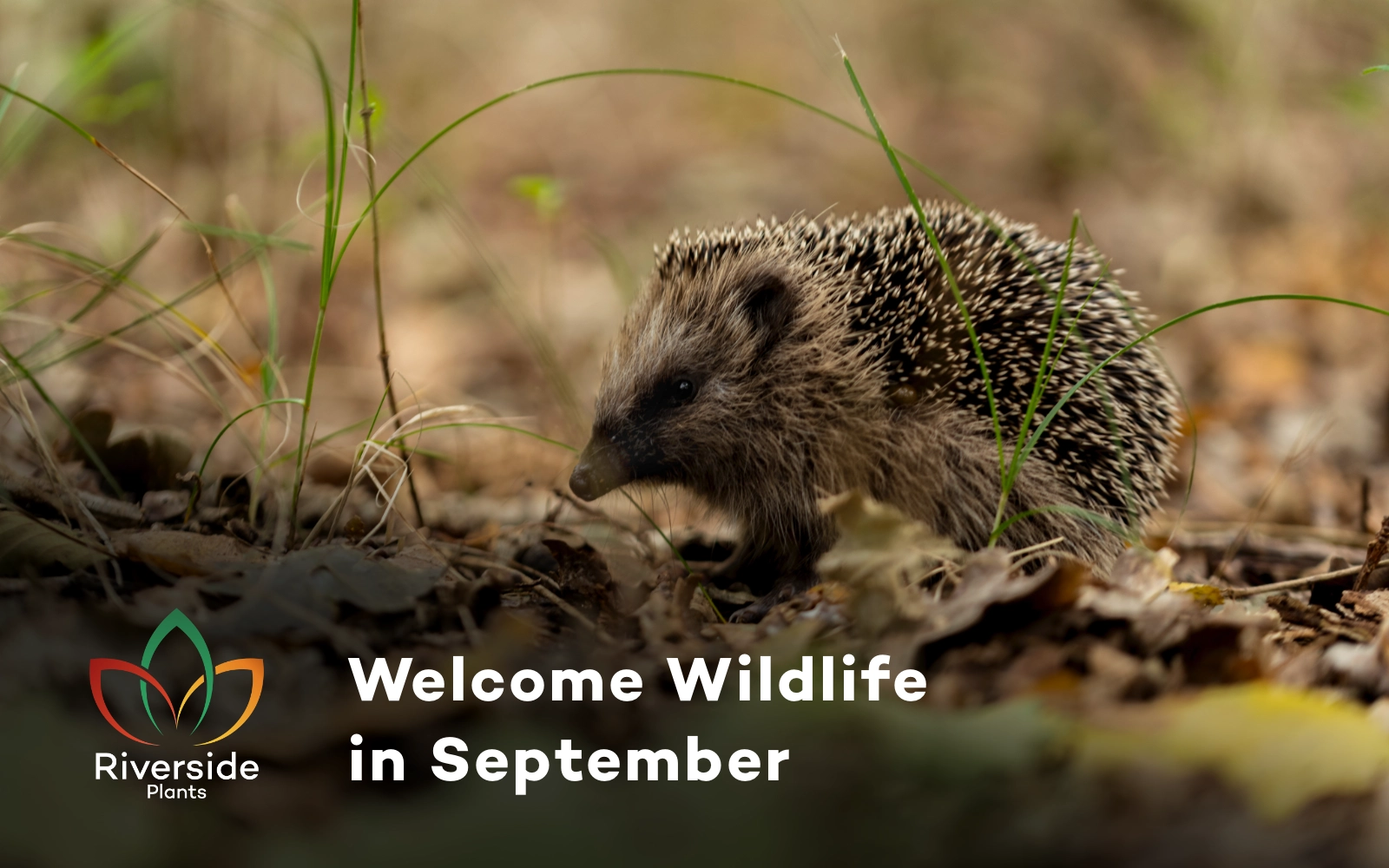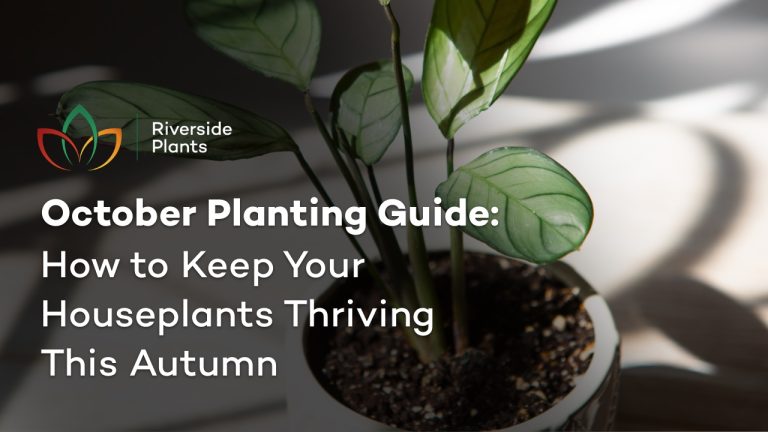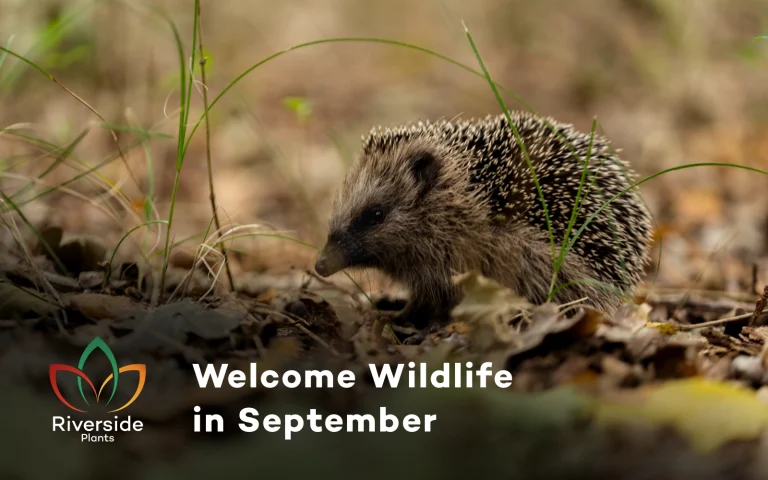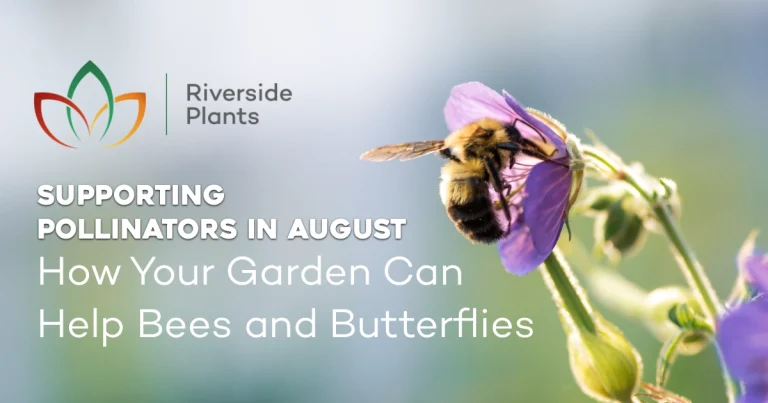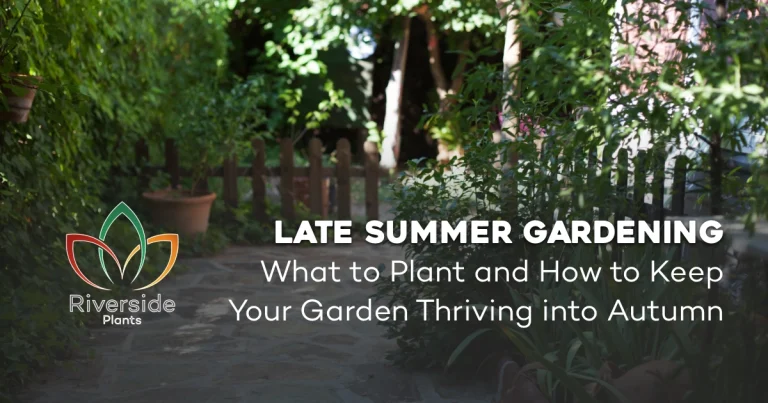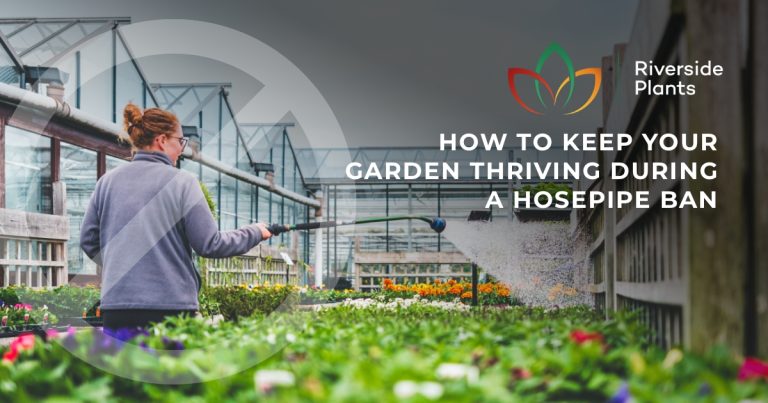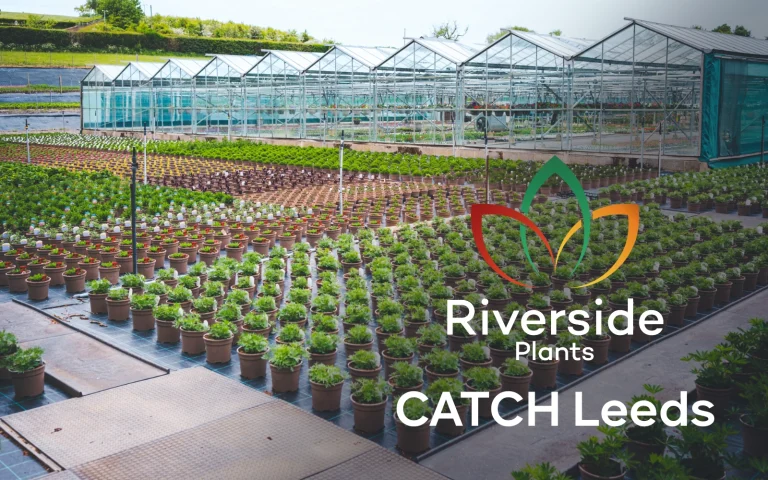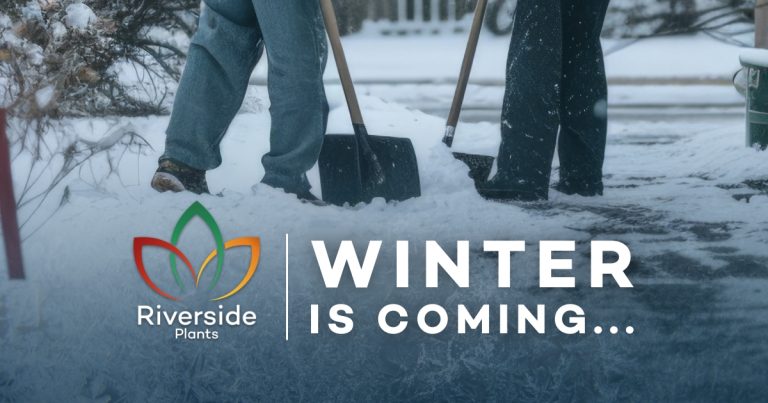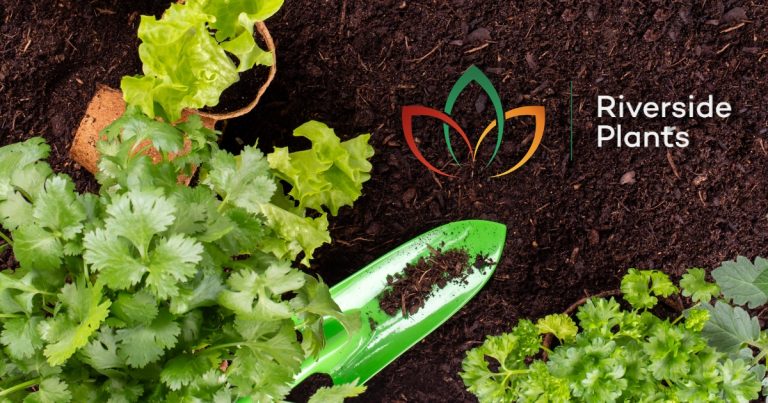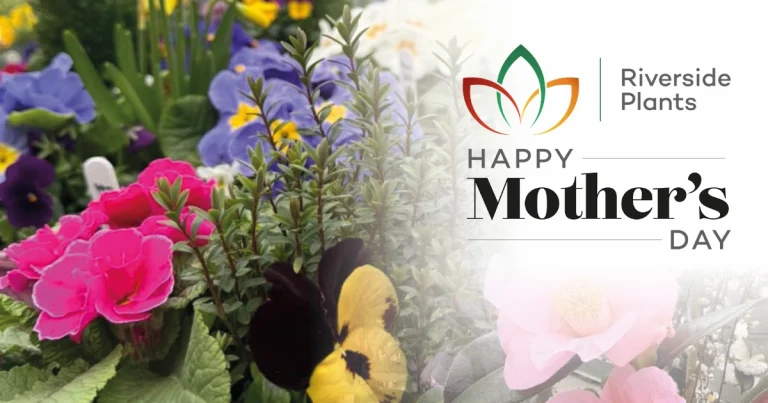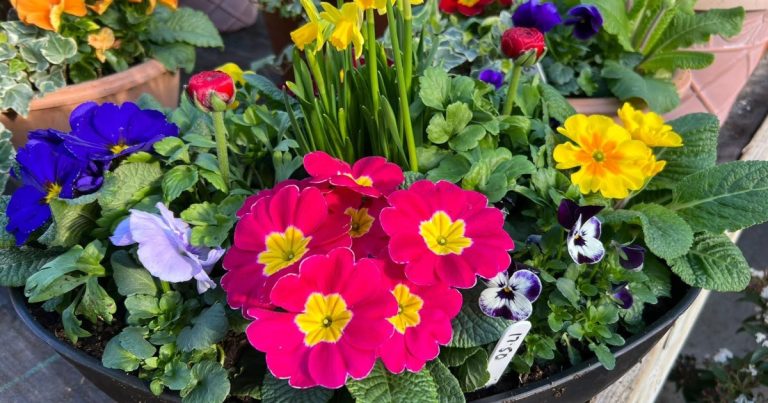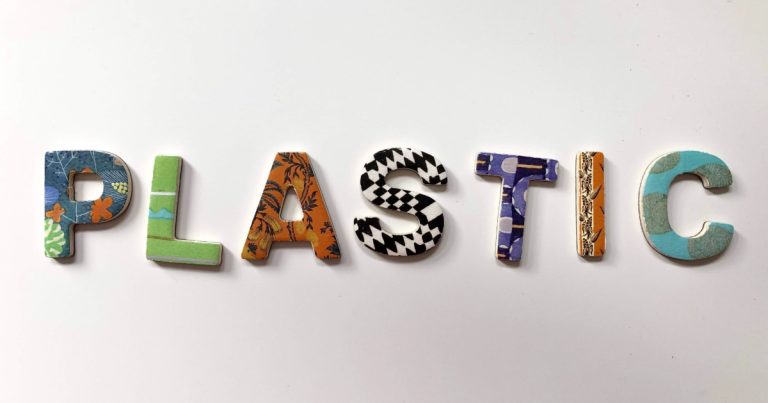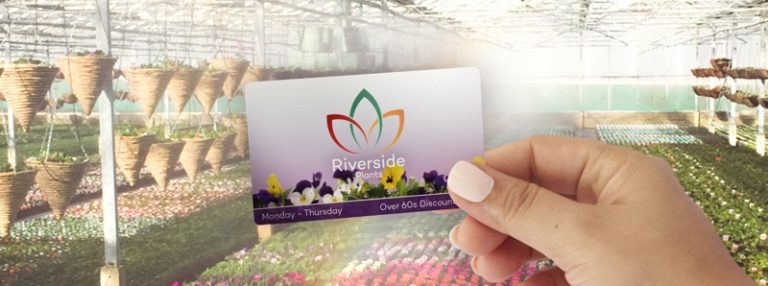September is a unique and important month for gardens and the creatures that visit them across the UK. As summer winds down, the garden begins to take on a more autumnal feel: leaves change colour, berries ripen, and the air becomes crisp. During this transitional period, birds, hedgehogs, bees, and butterflies are all preparing for the colder months ahead. Birds feed heavily to build energy for migration, hedgehogs search for cosy hibernation spots, and pollinators make the most of the last nectar sources. For gardeners, September is the perfect opportunity to create a wildlife-friendly environment that supports local creatures while laying the foundation for a thriving garden all year round.
Why Wildlife Needs Extra Care in September
Across the UK, wildlife faces a variety of challenges during September. Migratory birds such as swallows and house martins are preparing for their long journeys south, while resident songbirds need extra food to build up fat reserves for the winter. Hedgehogs and other small mammals are seeking safe spaces to nest or hibernate, and pollinators rely on the remaining flowers to sustain them before the cold sets in. A well-prepared garden can make a huge difference, providing essential food, water, and shelter to help these animals through the changing season.
Key Ways to Support Wildlife in Your Garden
Plant Berry-Producing Shrubs
September is the ideal time to add berry-bearing plants to your garden. Shrubs such as holly, rowan, cotoneaster, and pyracantha provide essential food for birds like blackbirds, thrushes, and robins. Planting now ensures they are established before winter and ready to provide nourishment through autumn and beyond. Berry-producing shrubs also add structure and seasonal colour to borders, making them a practical and beautiful addition to any garden.
Leave Seed Heads on Flowers
Rather than cutting back summer flowers immediately, leave the seed heads on plants like sunflowers, echinacea, and alliums. Birds enjoy feeding on these seeds, while insects use them as shelter. Allowing flowers to remain through September not only supports local wildlife but also adds texture and natural interest to your borders, giving the garden a slightly wild, autumnal charm.
Create Shelter
Many creatures are searching for safe places to hide as temperatures drop. Hedgehogs, insects, and other small mammals all benefit from sheltered areas. Pile leaves, twigs, and logs in quiet corners of your garden to create cosy habitats. This also benefits the soil as the organic material decomposes, enriching it naturally. Leaving undisturbed corners for wildlife gives animals a better chance to survive as the weather cools.
Plant Late Nectar Sources
Autumn-flowering plants like heathers, ivy, Michaelmas daisies, and sedums provide crucial nectar and pollen. Bees and butterflies, in particular, rely on these blooms to store energy for the winter months. Even small patches of late-flowering plants can make a big difference to pollinators and other insects, encouraging them to visit your garden regularly.
Provide Water
Even though September often brings showers across the UK, rainfall can be unpredictable. A shallow birdbath or water dish ensures that birds, hedgehogs, and insects stay hydrated. Fresh water supports visiting wildlife and encourages them to return frequently, making your garden a lively hub for autumn activity.
Riverside Tip: Plant spring bulbs such as crocuses and snowdrops this month. They not only provide early colour next spring but also attract early pollinators, creating a garden ecosystem that benefits wildlife year-round.
By following these simple steps, gardeners can create safe, welcoming spaces that support local creatures during September and into the colder months. Providing food, shelter, and water benefits both the animals and your garden, making autumn more colourful, lively, and rewarding.
Pop into Riverside Plants this September for berry bushes, autumn-flowering plants, compost for leaf piles, and all the wildlife-friendly gardening supplies you need. Prepare your garden now, and you’ll enjoy a thriving, vibrant space while helping UK wildlife flourish through autumn and winter.

